Today, China is trying to shape the region in its own version of a flying geese formation through a multitude of diplomatic, economic, infrastructure and cultural initiatives. China recognises the importance of a regional consensus to support its ‘great power’ status, now as part of the putative G-2 described in gushing tones by President Donald Trump both before and after his meeting with President Xi Jinping in Busan, South Korea, on October 30, on the sidelines of the Asia Pacific Economic Cooperation (Apec).
The periphery and the neighbourhood have therefore acquired a new salience as the core of China’s geopolitical vision. Trump’s innuendo in his interview with the CBS 60 Minutes programme on October 2, that China “would never do anything while President Donald Trump is President because they know the consequences”, further underscores the importance of a stable and supportive periphery for Beijing.
The BRI’s future too is essentially predicated on its success on China’s periphery, given the intricate web of infrastructure and connectivity projects, continental and maritime, that radiate out of China to link it to global markets and strategic destinations.
China’s focus on its neighbourhood is unmistakable and growing. Far from being limited to its immediate periphery, Beijing is expanding its reach and influence to redefine and reshape an extended neighbourhood in keeping with its economic rise and foreign policy priorities. In the recently convened Shanghai Cooperation Organisation (SCO) Plus Meeting held in Tianjin on the margins of the SCO Summit, President Xi Jinping announced the Global Governance Initiative (GGI) to add to the slew of initiatives such as the Global Development Initiative (GDI), Global Security Initiative (GSI) and the Global Civilisation Initiative (GCI).
Beijing views these as its contribution towards strengthening an alternative “Beijing consensus” on a rules-based international order at a time when it regards US decline as inevitable. These, together with the Belt and Road Initiative (BRI) and parallel China-supported global institutions such as the Asian Infrastructure Investment Bank (AIIB), are geared to project China’s leadership, particularly in the Global South.
Impact Shorts
More ShortsAt the same time, China’s periphery continues to remain central to its strategic outlook. More than a decade following the first “work conference” on “peripheral diplomacy” in October 2013, Beijing yet again convened a Central Conference on Work Related to Neighbouring Countries in April 2025. The aim of this conference was to deliberate on China’s neighbourhood work in “the new era”, which emphasises China’s ascent on the global stage as a leading power.
In his speech at the conference, Xi Jinping outlined the importance of China’s neighbourhood, describing it as a vital foundation for China’s national development and prosperity, a crucial front for safeguarding national security and an important geopolitical space for building a “community with a shared future”. Implicit is an effort to mobilise support along its periphery and the extended neighbourhood to counter the pressure of US tariffs.
In one of the earliest demonstrations of the importance of the periphery, China had constructed the Great Wall to keep at bay the “barbarians”, that is, the nomadic tribes of the steppes. Further, the Tianxia (All Under Heaven) concept, which formed the basis of China’s traditional worldview, also underscored the strategic importance of the neighbourhood whereby the countries on the periphery were viewed as vassals. The Wei Qi principle of encirclement and containment, including its own vulnerabilities, has historically tempered China’s view of its periphery.
A multitude of foreign powers exploited the Qing’s weaknesses to extract concessions along China’s periphery. China was never fully colonised only because of a modus vivendi among the colonial powers that denied any single power the right to take complete control.
After the establishment of the People’s Republic of China (PRC) in 1949, securing the immediate periphery and reunification of Taiwan with the mainland became one of the foremost national projects and remains so. One of the first actions was consolidation of communist rule over Xinjiang and Tibet to secure the country’s vulnerable western and southwestern flanks. A hostile regime in Taiwan, backed by the US, remains a security concern.
In the 1960s, Mao Zedong advocated “continuous revolution”. He believed in exporting communist revolutions across the world, including along the periphery in Indonesia, Thailand and Malaysia.
In the next decade, as China went in for its modernisation in 1979, the Open Door Policy too began with the periphery. It is noteworthy that some of the earliest investments in China came from Japan, South Korea, Singapore, and Hong Kong. The overseas Chinese population in Southeast Asia was particularly instrumental in adding impetus to China’s modernisation programme and “open door policy”.
Ironically, beginning in the 1990s, Taiwanese investors too have played a key role in China’s upward economic trajectory, just as Asean has done to emerge as China’s biggest trade partner, particularly as a source of primary goods and a market for manufactured products.
In South Asia, China’s definition of its periphery impacts India’s strategic interests. China’s expanding influence is of considerable concern. Interestingly, Chanakya’s mandala concept of Chakarvartin provides an analogous framework to analyse China’s “whole of government” approach towards shaping the regional order.
In fact, China’s concept of its neighbourhood appears to be evolving. It is propelled not just by its economic power as the world’s second largest economy. There are other policy planks as well. China is today claiming the mantle of a leading Buddhist power and promoting “Buddhist diplomacy” through the World Buddhist Forum in the neighbourhood.
Confucius Institutes project soft power on and beyond the neighbourhood. With the PLA Navy’s rapidly growing ‘blue water’ capabilities, China’s definition of its maritime neighbourhood now encompasses a much wider arc, with repercussions felt across the East and South China Seas, the Pacific and the Indian Oceans. The potential for colliding with US maritime pre-eminence is unmistakable.
China’s engagement with its periphery may not yet be an unqualified success. The current bonhomie between the US and China is tempered by Pentagon chief Pete Hegseth’s frank remarks at the Asean defence ministers’ meeting that “China’s behaviour towards its neighbours and the world is a wake-up call”. He made direct reference to the increase in China’s “destabilising actions” and its “intimidation, harassment, illegal activity and crime within your sovereign waters and across the South China Sea”.
Hegseth also rejected China’s unjustified claims in the South China Sea. To boot, Trump’s claim that he mediated in the conflict between Thailand and Cambodia also clashes with China’s growing economic and security footprint in Southeast Asia.
It remains to be seen how China responds to attempts by the US to assert itself along China’s periphery, including in Pakistan, while paying lip service to a so-called G2. It is, after all, the periphery that could prove the undoing of the ‘G2’.
(The author is the Director General of the Manohar Parrikar Institute for Defence Studies and Analyses. Views expressed in the above piece are personal and solely those of the author. They do not necessarily reflect Firstpost’s views.)


)
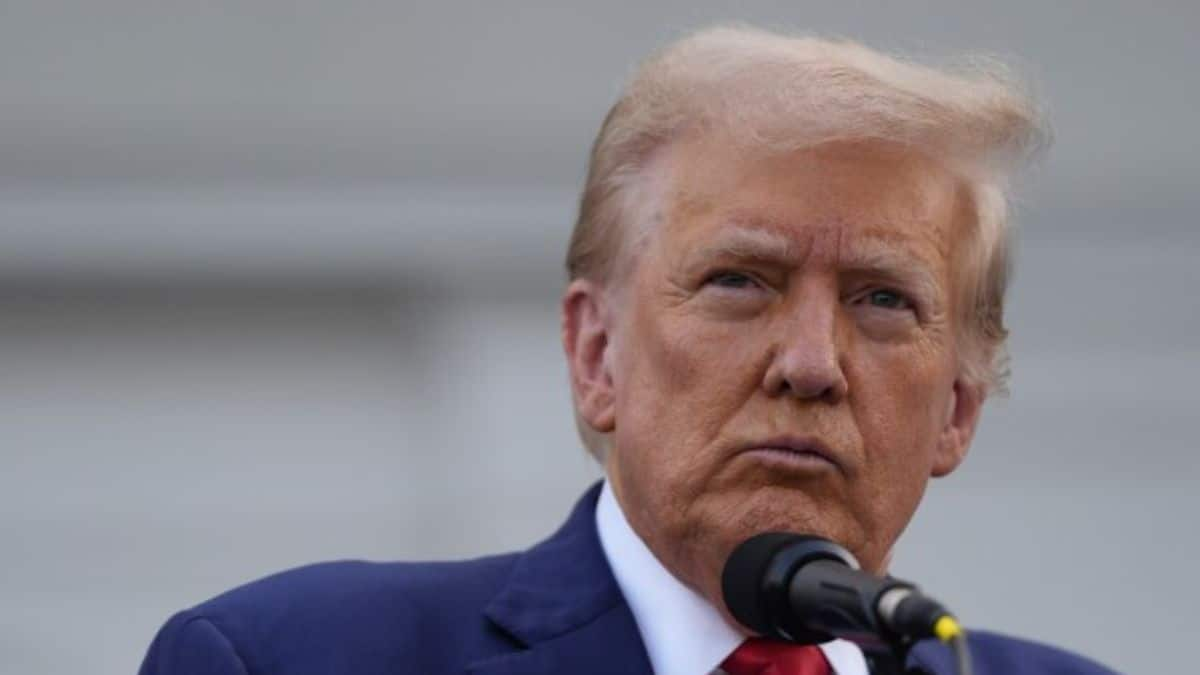
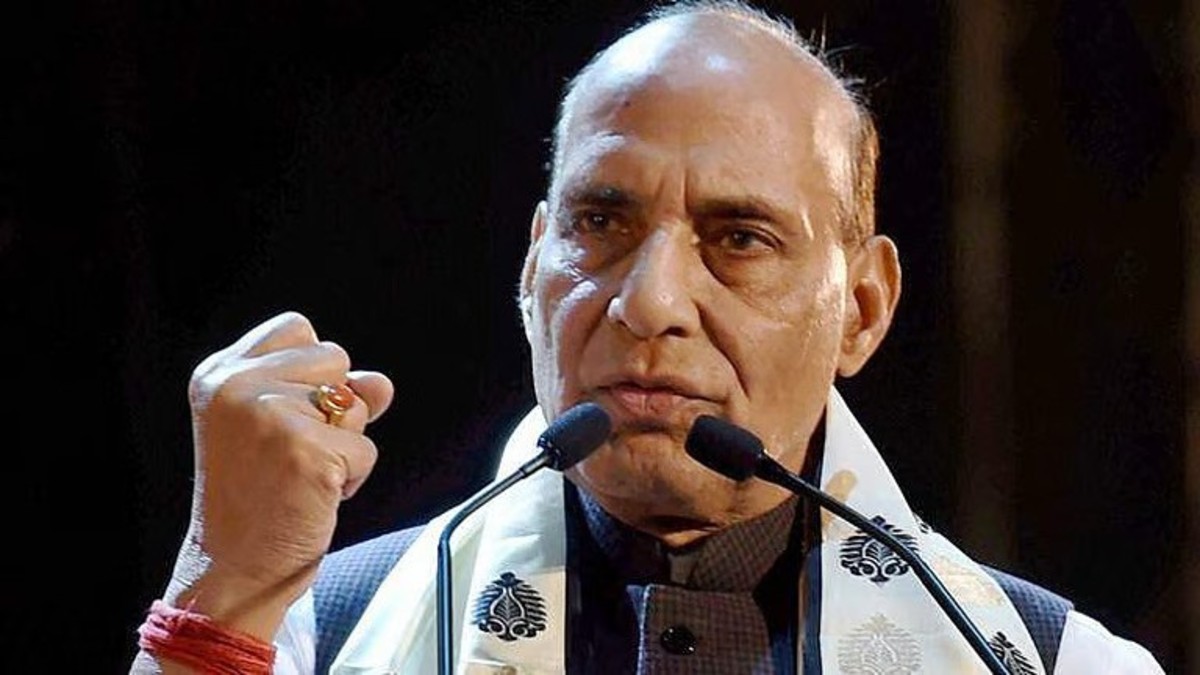)
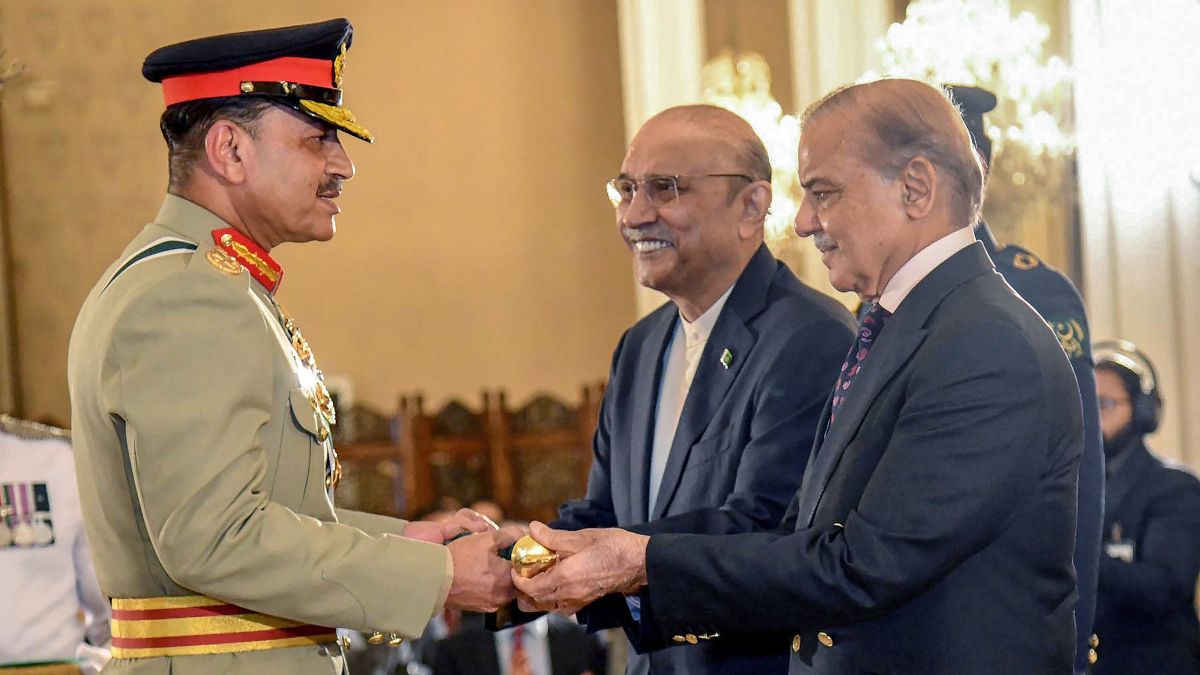)
)
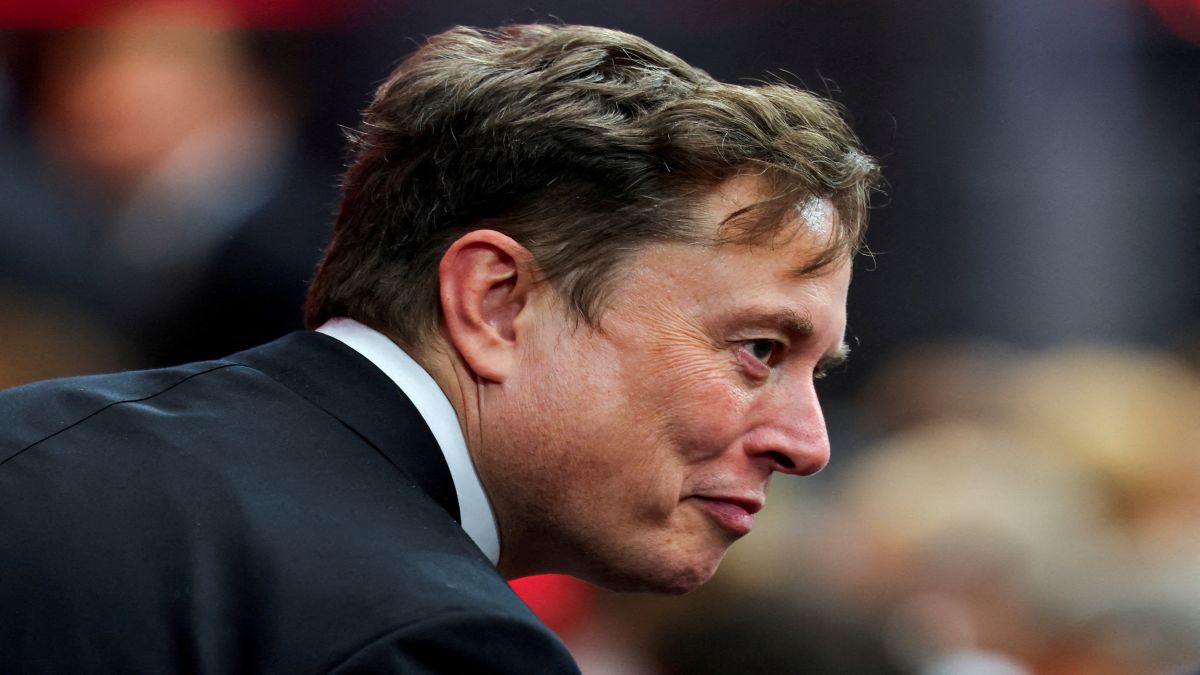)
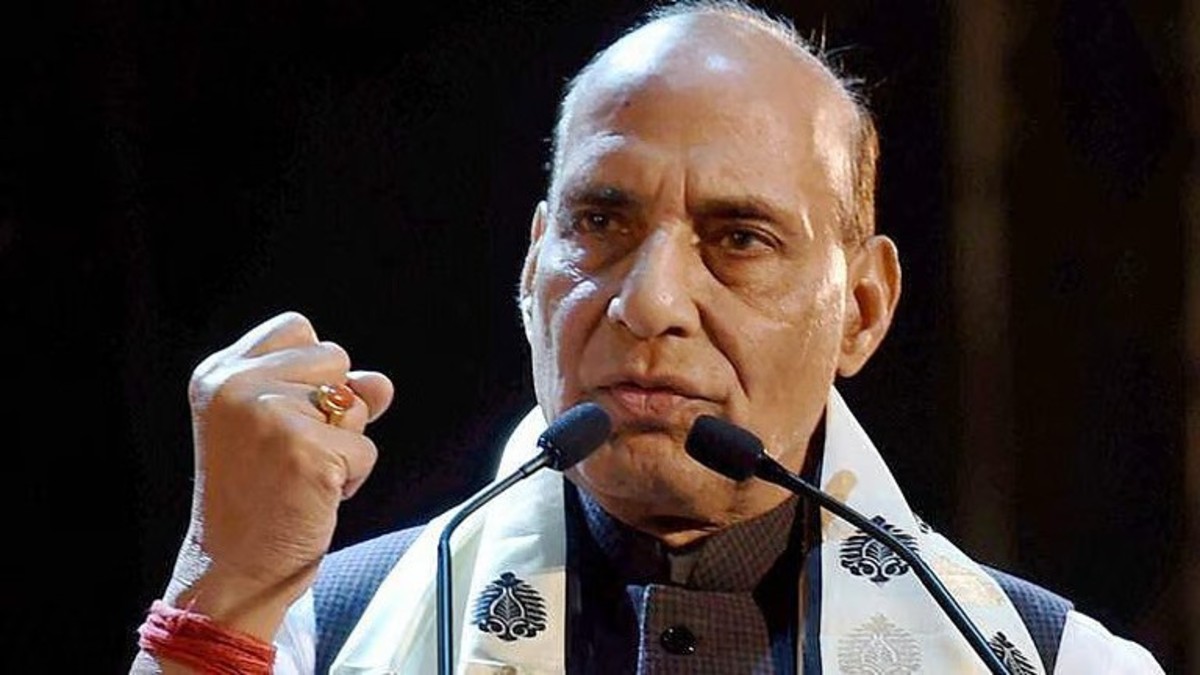)
)
)
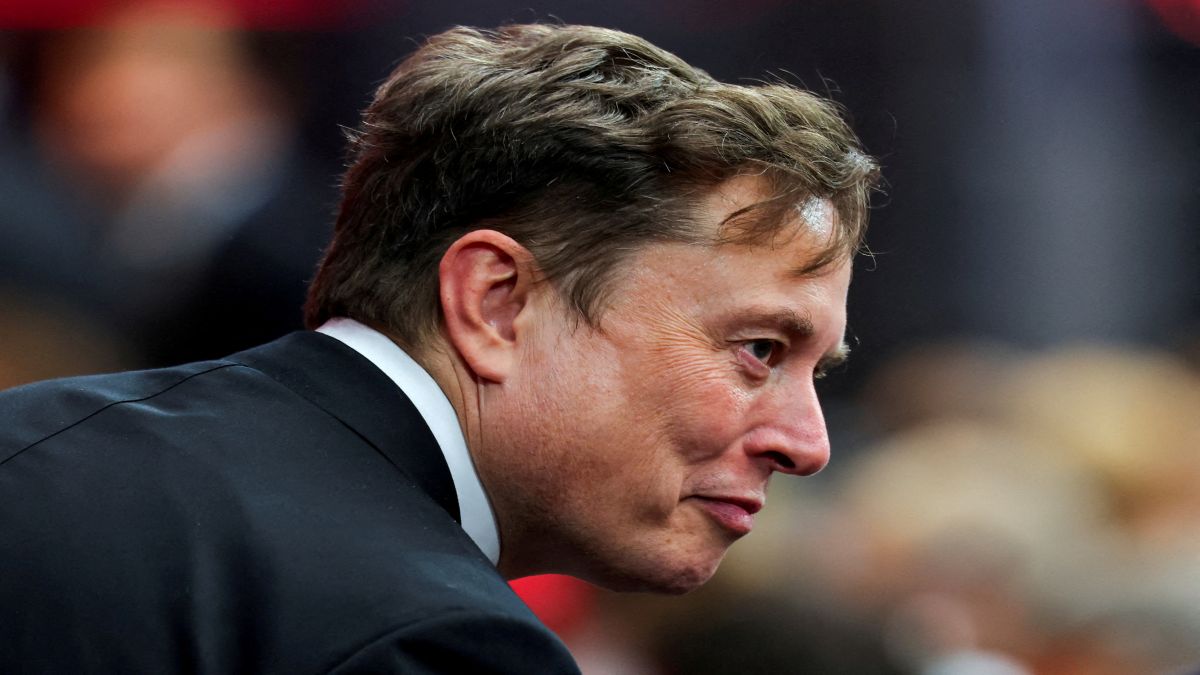)



